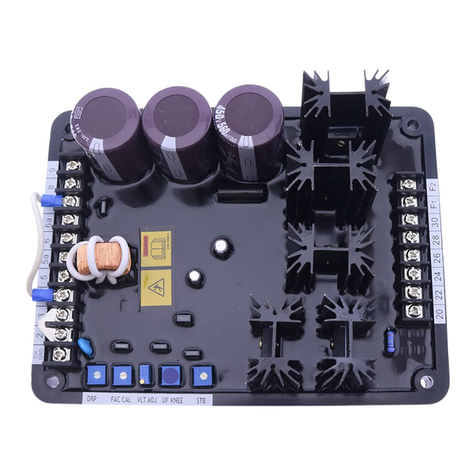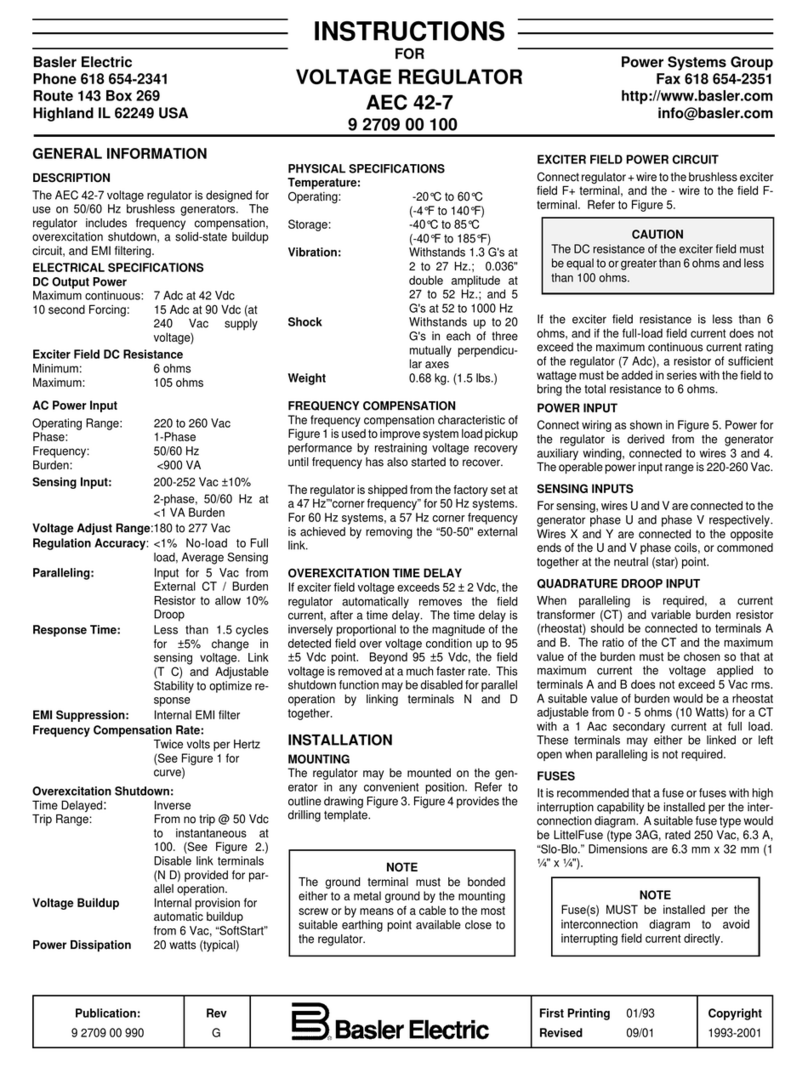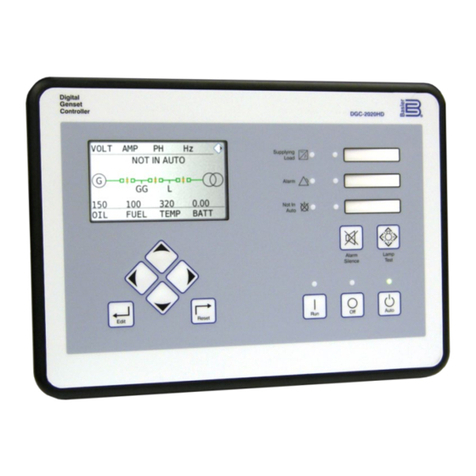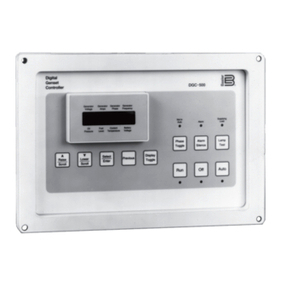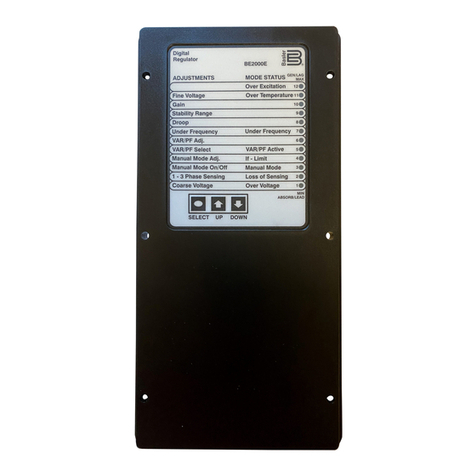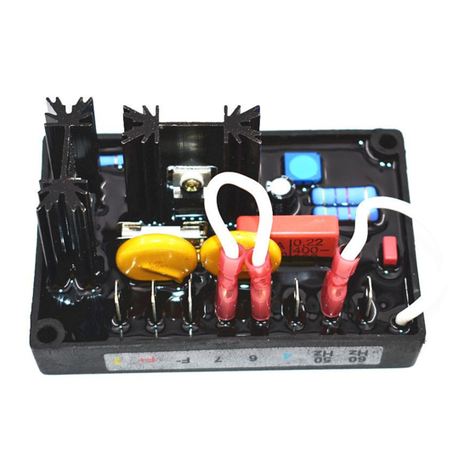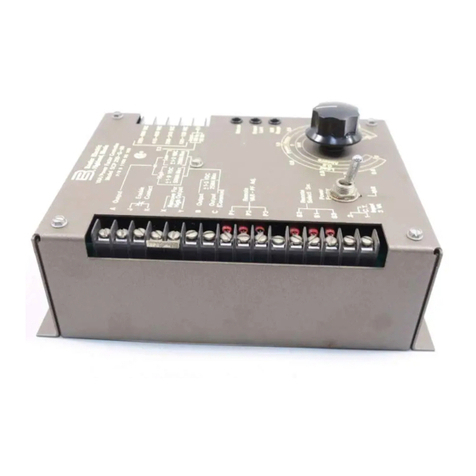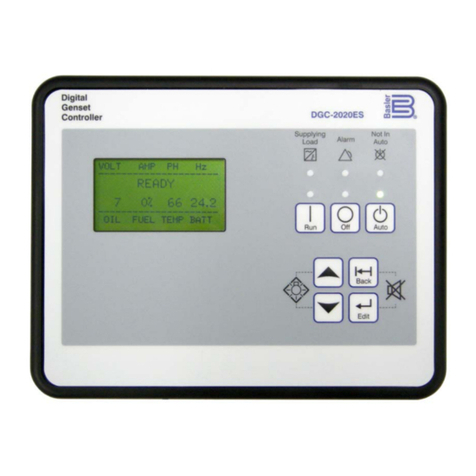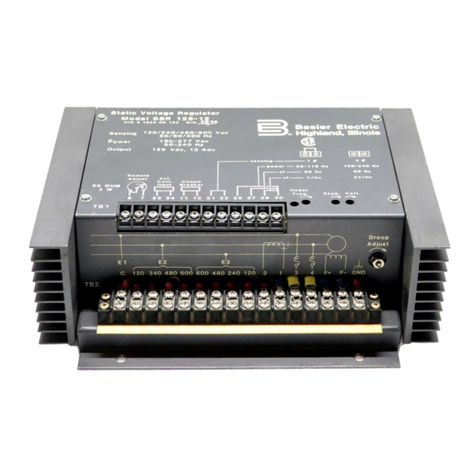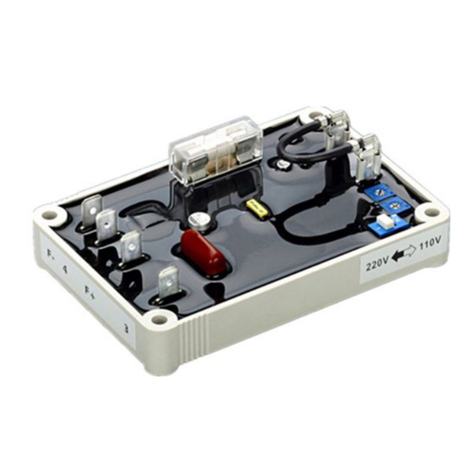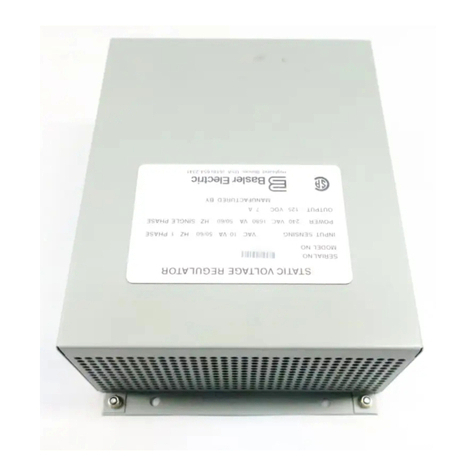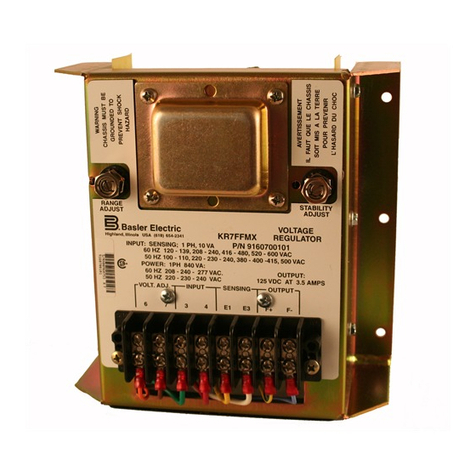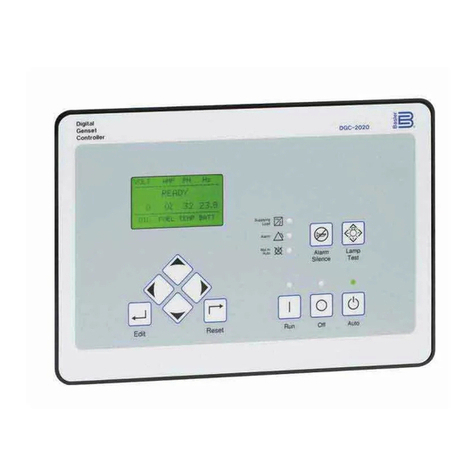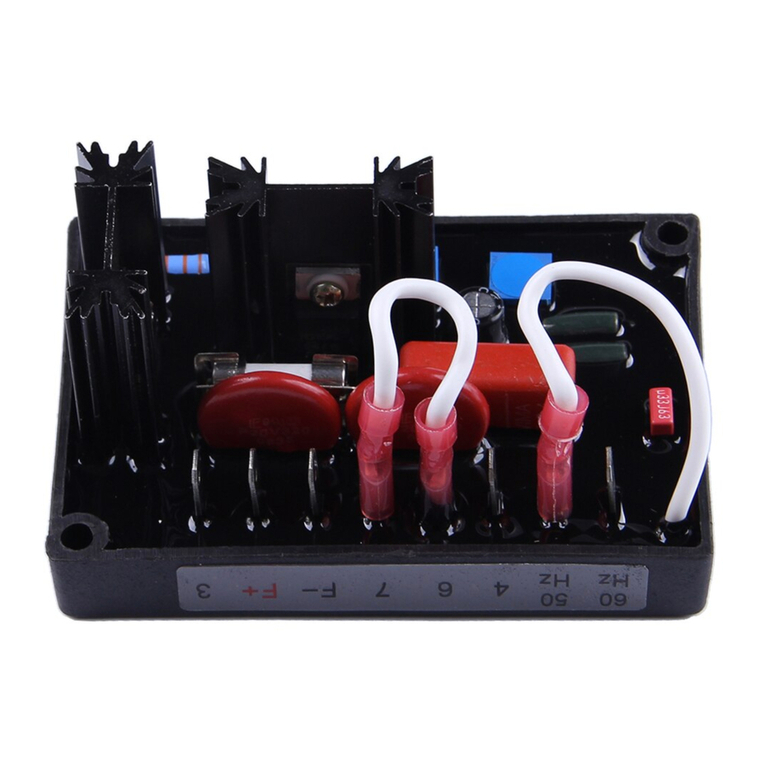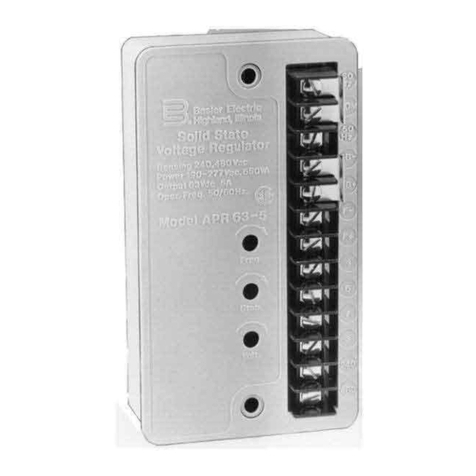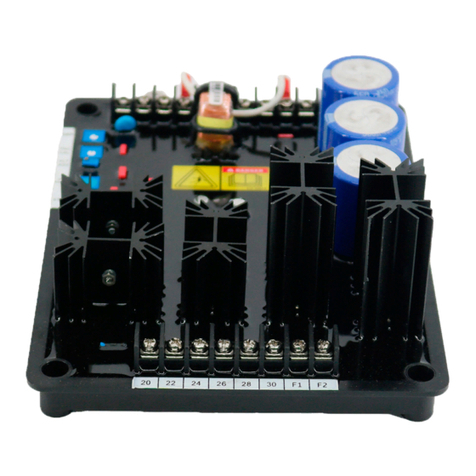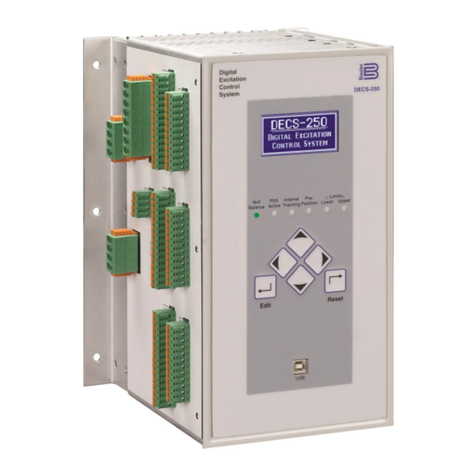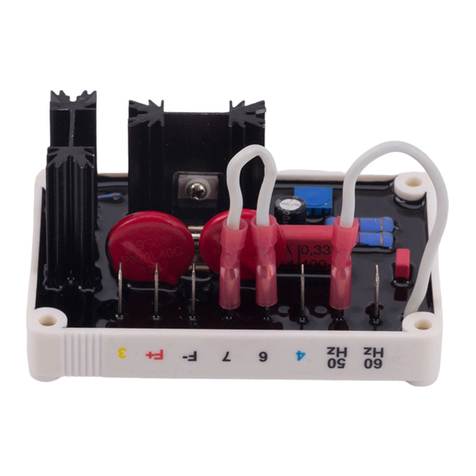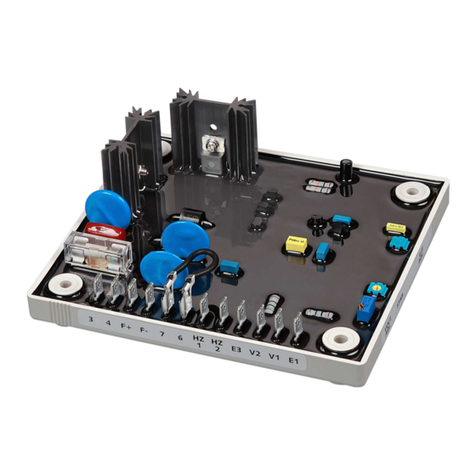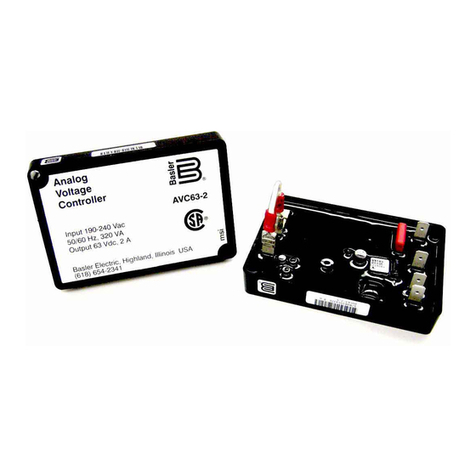
DECS-200 General Information i
SECTION 1 •GENERAL INFORMATION
TABLE OF CONTENTS
SECTION 1 •GENERAL INFORMATION .............................................................................................1-1
INTRODUCTION .................................................................................................................................... 1-1
FEATURES ............................................................................................................................................ 1-1
Functions ............................................................................................................................................ 1-1
Inputs and Outputs ............................................................................................................................. 1-1
HMI Interface ...................................................................................................................................... 1-1
APPLICATION........................................................................................................................................ 1-2
Introduction ......................................................................................................................................... 1-2
Operating Power................................................................................................................................. 1-2
Control Power ..................................................................................................................................... 1-2
Sensing ............................................................................................................................................... 1-3
Excitation Limiters............................................................................................................................... 1-3
External Tracking and Transfer Between DECS-200 Units (Optional)............................................... 1-3
Internal Tracking Between DECS-200 Operating Modes................................................................... 1-3
Communication With a PC.................................................................................................................. 1-3
MODEL AND STYLE NUMBER DESCRIPTION ...................................................................................1-3
Sample Style Number......................................................................................................................... 1-4
SPECIFICATIONS ................................................................................................................................. 1-4
Control Power ..................................................................................................................................... 1-4
Operating Power................................................................................................................................. 1-4
Generator Voltage Sensing ................................................................................................................ 1-5
Generator Current Sensing................................................................................................................. 1-5
Bus Voltage Sensing .......................................................................................................................... 1-5
Accessory Inputs ................................................................................................................................ 1-5
Communication Ports ......................................................................................................................... 1-5
Contact Inputs..................................................................................................................................... 1-6
Contact Outputs.................................................................................................................................. 1-6
Field Output ........................................................................................................................................ 1-6
Regulation........................................................................................................................................... 1-6
Parallel Compensation........................................................................................................................ 1-7
Field Overvoltage Protection .............................................................................................................. 1-7
Field Overcurrent Protection............................................................................................................... 1-7
Exciter Diode Monitor (EDM) Protection............................................................................................. 1-7
Generator Undervoltage Protection.................................................................................................... 1-7
Generator Overvoltage Protection...................................................................................................... 1-8
Loss of Sensing Protection ................................................................................................................. 1-8
Loss of Field Protection ...................................................................................................................... 1-8
Soft Start Function .............................................................................................................................. 1-8
Voltage Matching ................................................................................................................................ 1-8
On-Line Overexcitation Limiting ......................................................................................................... 1-8
Off-Line Overexcitation Limiting ......................................................................................................... 1-9
Underexcitation Limiting ..................................................................................................................... 1-9
Manual Excitation Control................................................................................................................... 1-9
Metering .............................................................................................................................................. 1-9
Sequence of Event Recording (SER) ...............................................................................................1-10
Data Logging (Oscillograpy) ............................................................................................................. 1-10
Temperature Range.......................................................................................................................... 1-10
Type Tests ........................................................................................................................................ 1-10
Physical............................................................................................................................................. 1-10
UL Recognition ................................................................................................................................. 1-10
CSA Certification .............................................................................................................................. 1-10
CE Compliance................................................................................................................................. 1-10
Figures
Figure 1-1. Block Diagram of Typical DECS-200 Application.................................................................... 1-2
Figure 1-2. Style Number Identification Chart............................................................................................ 1-3
